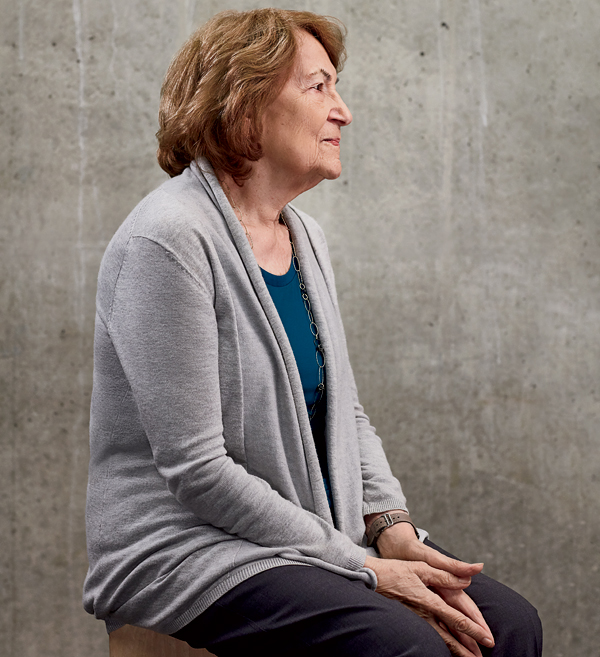
Under the dim lights of a viewing room at the Illinois Holocaust Museum and Education Center in Skokie, a holographic Fritzie Fritzshall—clad in cobalt blue, hands folded in her lap, her well-coifed head tilting from side to side every now and then—is telling stories.
A few feet away, the real Fritzshall, a petite woman in her late 80s, evaluates her virtual counterpart. “I don’t like the outfit, and the left shoe didn’t fit very well. I was tired at the end of the day, and I slumped over.”
Fritzshall, a Holocaust survivor and the museum’s president, spent a grueling week in 2015 being interviewed at the University of Southern California’s Institute for Creative Technologies, surrounded on all sides by lights and high-resolution cameras. One of 13 survivors—seven of them local—who participated in a project called New Dimensions in Testimony, Fritzshall, in the form of a 3D projection, will tell her story and field questions from visitors starting October 29 as part of the Illinois Holocaust Museum’s new permanent Take a Stand Center.
The project, a brainchild of Los Angeles–based exhibition designer Heather Maio Smith, was partially funded by the Shoah Foundation, Steven Spielberg’s institution dedicated to preserving the memory of the Holocaust. “If you engage directly with something, you remember and internalize it differently,” says the museum’s CEO, Susan Abrams, who approached the Shoah Foundation with the partnership idea. “With every passing year, the Holocaust recedes a little further into history, so it’s exciting to present the survivors’ stories holographically and, even more importantly, interactively.”
While the video projections are not technically holograms—that technology has not yet been fully implemented—they are high-definition renderings that create convincing three-dimensional representations of their subjects. And because of the way the interviews were shot, they are “future-proofed,” ready to be adapted to the new holographic technology once it’s available.
In the spirit of the exhibit, what follows is a condensed conversation with the virtual Fritzshall. Click on the yellow highlighted words to see behind-the-scenes insights into the filming and production process.
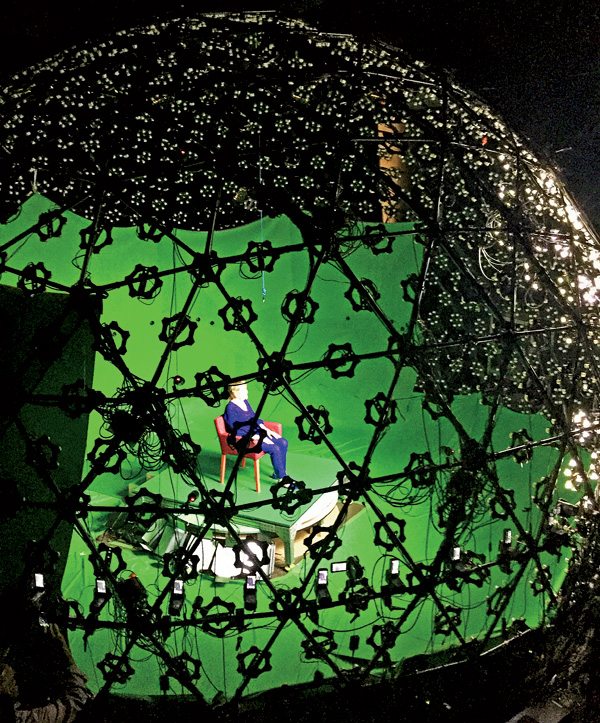
When did life start to change for you?
My first memory when the world started to change for me was not being able to go to school. The first experience with the yellow star [that Jews had to wear] was everybody laughing at you, everybody making fun of you, even your friends … things being taken away from you, the friendships that you thought you had, the neighbors that you thought you liked, and liked you. The biggest change was when they started to take away our things. And the hunger.
Tell us about the journey to Auschwitz.
We’re in this boxcar, pushed in against each other. They had no windows in this boxcar that I remember, except one tiny window on top of the boxcar on one side. … There’s no more water. … I see mothers crying. I see dead people. I see dead infants. I see my grandfather slumping down and dying in this compartment. And I smell everything at this point. … I think no matter how old I get to be, I think no matter how many showers I will take, I will never get that smell off of me.
How did you maintain hope?
You know, when we were in the barracks at night, we would talk about survival. We would talk about liberation, and we talked about hope. When I was taken out of Auschwitz and put to work in a slave labor camp, in a slave labor factory, I was one of 600 women, and I was the youngest. … The hope was for someone to survive. I was chosen to be their messenger. We were so hungry and so beaten down; they hardly gave us any food toward the end. We were getting little pieces of bread. And so every single night when the bread came, I put out my hand, 599 women put crumbs—crumbs, that’s all they could spare—into my hand, that it would give me more nourishment, and they allowed me more rest.
Do you have any regrets?
Looking back, I think if I had known what was in store for any of us, if I had known what was happening during the time of separation [upon arrival at Auschwitz, when the Jews were sorted by age and many were sent straight to the gas chambers], I would’ve stayed in the same line with my mother. … My one thought is that she might have survived if I had not told her to go into another line.
What do you think about President Trump?
I don’t want to talk about that.
Tell me a joke.
My husband, Norman, was the biggest joke teller ever. And I’d listen to them and say, “I’ve heard that one before,” and laugh. But I don’t remember one joke, so, no, I don’t have any.
Why do you continue to tell your story?
When I speak to students, it is very difficult. … We, the survivors that speak in front of students or in front of groups, we do it for a reason. We don’t do it for ourselves—because we can go out and play golf or sit in the sun or whatever. We’re doing it because we have become the voice for those that did not survive. … Every time I stand up and speak to a group of students or anyone, it opens a wound. … I do it because I feel I have an obligation to do it. Maybe this is why I survived.
Hear Other Survivors Speak
Six more Chicago-area interviewees you can meet, in virtual form, and a suggested question for each
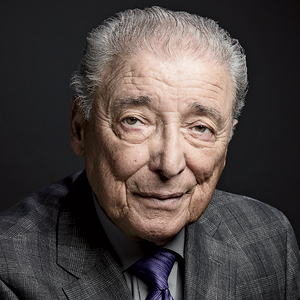
Aaron Elster, 84
After the Germans liquidated the Polish ghetto, Elster hid on nearby farms and in the attic of a family for two years, until the war’s end.
Question:What was life like in hiding?
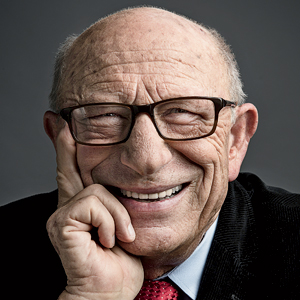
Samuel R. Harris, 82
Born Szlamek Rzeznik in Poland, Harris was 4 when the war started. He is one of the youngest survivors of the concentration camps.
Question:What is your philosophy of life?
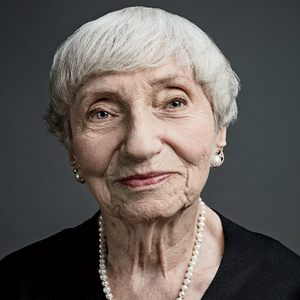
Janine Oberrotman, 93
Fifteen when the war started, she was deported to a forced labor camp in Stuttgart.
Question:Did you experience anti-Semitism at school?
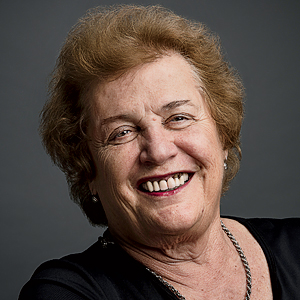
Adina Sella, 81
She and her family found themselves caught between the front lines of the German and British armies in Italy.
Question:How does the Holocaust affect your daily life?
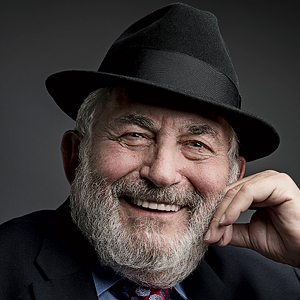
Israel Starck, 88
After his parents died at Auschwitz, Starck was interned at three other camps before being liberated by American soldiers.
Question:Tell us the story about your friend Weber.
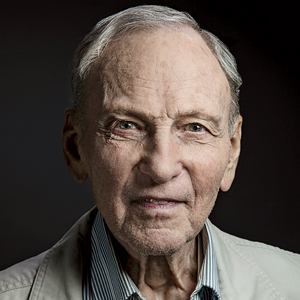
Matus Stolov, 89
He and his mother escaped Belarus with help from an underground Jewish resistance network.
Question:Tell us about your family trying to leave Minsk when it was first occupied.


